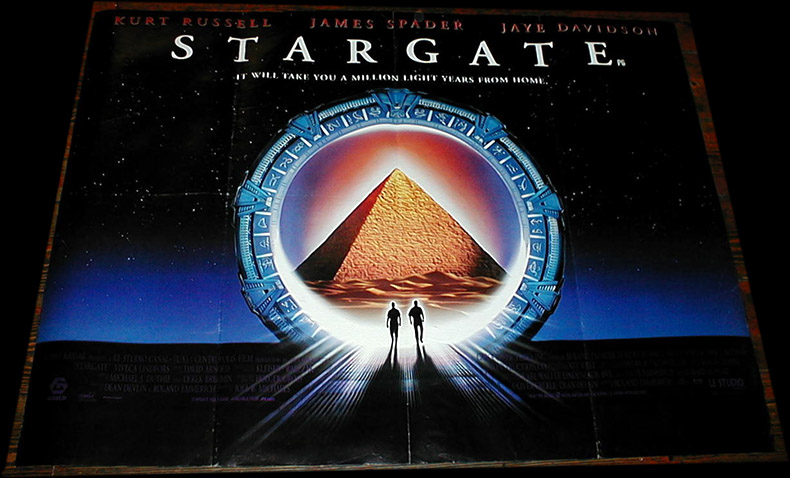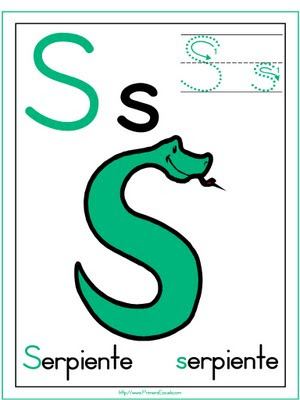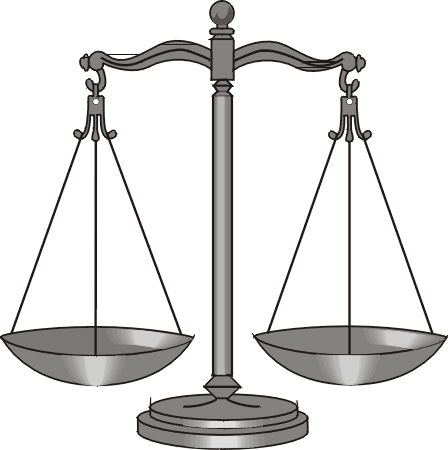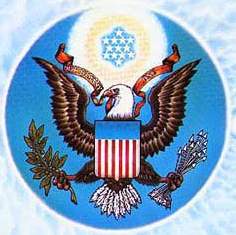Article by John Wadsworth I have recently returned from the Camino de Santiago, a 500 mile pilgrimage from the French Pyrenees to Santiago de Compostela in North-Western Spain. It is said that the remains of St James, the first Christian martyr, lie in the crypt at the mightily impressive cathedral in Santiago, and ever since the discovery in the 8th century, pilgrims have journeyed here from all parts of Europe. Although it is traditionally a Catholic pilgrimage, nowadays it is walked by those of many faiths and paths, some spiritual seekers, and some who may have no firm spiritual conviction, and yet are drawn to walk the path. I myself took five weeks to walk the route and it was one of the most profound and revelatory adventures of my life, truly a life-changing experience.
I have recently returned from the Camino de Santiago, a 500 mile pilgrimage from the French Pyrenees to Santiago de Compostela in North-Western Spain. It is said that the remains of St James, the first Christian martyr, lie in the crypt at the mightily impressive cathedral in Santiago, and ever since the discovery in the 8th century, pilgrims have journeyed here from all parts of Europe. Although it is traditionally a Catholic pilgrimage, nowadays it is walked by those of many faiths and paths, some spiritual seekers, and some who may have no firm spiritual conviction, and yet are drawn to walk the path. I myself took five weeks to walk the route and it was one of the most profound and revelatory adventures of my life, truly a life-changing experience.
 I was reasonably well-prepared for the awareness-raising possibilities of a long pilgrimage like this, having done a fair amount walking along sacred paths before. I have, for example, walked a substantial part of the Ridgeway, walked along particular ley line routes in England and explored the alignments around Rennes-le-Chateau in the Languedoc region of France. And for the past four years, I have been co-facilitating (with Anthony Thorley) groups of Alchemical Journey participants in our monthly ritual walks around the different signs of the Glastonbury Zodiac. My primary motivation for walking these routes has been to facilitate a more lucid perception of reality and a deepening of spiritual awareness, and I have experienced many other benefits as well; a greater acceptance of issues and situations in my life, better relationships, and a growing sense of stillness within my being.
I was reasonably well-prepared for the awareness-raising possibilities of a long pilgrimage like this, having done a fair amount walking along sacred paths before. I have, for example, walked a substantial part of the Ridgeway, walked along particular ley line routes in England and explored the alignments around Rennes-le-Chateau in the Languedoc region of France. And for the past four years, I have been co-facilitating (with Anthony Thorley) groups of Alchemical Journey participants in our monthly ritual walks around the different signs of the Glastonbury Zodiac. My primary motivation for walking these routes has been to facilitate a more lucid perception of reality and a deepening of spiritual awareness, and I have experienced many other benefits as well; a greater acceptance of issues and situations in my life, better relationships, and a growing sense of stillness within my being.
 Being an astrologer, my initial interest in pilgrimage was sparked by the idea that the routes themselves might in fact be earthly maps that mirror the patterns of the stars and the images of the constellations on the ground. This is made very explicit in both a landscape zodiac and on the Camino. ’Compostela’ means the field of stars, and refers to the Milky Way. Through my wanderings, and my wonderings, I have come to understand pilgrimage as a weaving together of heaven and earth, where each mindful step can be like a stitch in the fabric of creation, woven on the cosmic loom through an interlacing of imagination with my own physical locomotion. On the Camino de Santiago, we are walking from east to west, birth to death, with the Milky Way hanging overhead as a guide. The tradition says that as we tread the path, so we are simultaneously plotting the stars of the Via Lactea on the ground.
Being an astrologer, my initial interest in pilgrimage was sparked by the idea that the routes themselves might in fact be earthly maps that mirror the patterns of the stars and the images of the constellations on the ground. This is made very explicit in both a landscape zodiac and on the Camino. ’Compostela’ means the field of stars, and refers to the Milky Way. Through my wanderings, and my wonderings, I have come to understand pilgrimage as a weaving together of heaven and earth, where each mindful step can be like a stitch in the fabric of creation, woven on the cosmic loom through an interlacing of imagination with my own physical locomotion. On the Camino de Santiago, we are walking from east to west, birth to death, with the Milky Way hanging overhead as a guide. The tradition says that as we tread the path, so we are simultaneously plotting the stars of the Via Lactea on the ground.
 The Milky Way was considered by many ancient cultures to be the pathway of the soul, the bridge between heaven and earth, and there are significant constellations that lie along this stellar highway that point to this. Most poignantly Cygnus, the Swan, who in some cultures was seen as the carrier of the soul of the dead into the next life as she flies gracefully along the heavenly tract before she dives into the western horizon. In Norse mythology, for instance, it was the swan maidens that carried the souls of the dead to Valhalla.
The Milky Way was considered by many ancient cultures to be the pathway of the soul, the bridge between heaven and earth, and there are significant constellations that lie along this stellar highway that point to this. Most poignantly Cygnus, the Swan, who in some cultures was seen as the carrier of the soul of the dead into the next life as she flies gracefully along the heavenly tract before she dives into the western horizon. In Norse mythology, for instance, it was the swan maidens that carried the souls of the dead to Valhalla.
Much like my experience of walking a labyrinth where there is only one path, on the Camino there are no issues of orientation or direction, with the path so clearly waymarked by scallop shells and yellow arrows. Accommodation and places to eat and drink lie exactly on the route and there is no need to ever really leave the path, hence no way of really getting lost. So there is no requirement for the rational part of the mind to have to work anything out, every day it’s the same ritual – walk, eat, shower, wash your clothes, rest, write in your journal, eat, socialise perhaps, and sleep. Within that simple routine, the organising mind has to surrender, to let go, and allow in the imagination, the creative, re-connective aspect of our being. And that process always involves a profound shift of consciousness.
 I have learned through my own journeying that a pilgrimage is really about learning to die, it is about letting go of control, releasing attachment to the stuff of this world. I would say, too, that to pilgrimage is to realise the extent to which we have become separate from the stars, the stars from which each of us may trace our origins, and the stars to which we will one day return. We have, as a culture, forgotten that our origins and destinies are mapped out for us in the stars, by which I mean pointed to, through the enrichment of the imagination. I generally chose to rise early, well before dawn, and to walk the first couple of hours with the stars overhead to remind me of this profound truth.
I have learned through my own journeying that a pilgrimage is really about learning to die, it is about letting go of control, releasing attachment to the stuff of this world. I would say, too, that to pilgrimage is to realise the extent to which we have become separate from the stars, the stars from which each of us may trace our origins, and the stars to which we will one day return. We have, as a culture, forgotten that our origins and destinies are mapped out for us in the stars, by which I mean pointed to, through the enrichment of the imagination. I generally chose to rise early, well before dawn, and to walk the first couple of hours with the stars overhead to remind me of this profound truth.
In life, of course, we have our entrance into incarnation and we have our exit, and for the pilgrim on a pathway of spiritual initiation, these are represented by two particular points in the heavens. The start point of the Camino (St Jean Pied de Port for me, though this can be any starting point) has its heavenly correspondent close to the Galactic Centre at the intersection between the Milky Way and the ecliptic, between the sidereal constellations of Sagittarius and Scorpio. This is Capricorn in the tropical zodiac, and is known as the Gate of Capricorn. This was referred to by Plato as one of the entrances to the cave, which is the analogy he uses to describe the condition of the human being, entranced by the illusion of the material world whose shadows are projected on the cave wall. The Capricorn entrance to the cave is the source of the Light and it is esoterically understood to be the gateway of the Initiate, it is sometimes called the “Gateway of Spirit”, and the corresponding tradition is that spiritual avatars such as Christ and Mithras are born into the sign of Capricorn around the time of the Winter Solstice. The ruler of Capricorn, Saturn, oversees the beginning of the journey on the Camino.
The end of the Camino, a journey that guides us along the Milky Way, concludes in Santiago de Compostela, at the opposite point in the Zodiac between the constellations of Taurus and Gemini, close to what is known as the anti-galactic centre, the other crossover point between Milky Way and ecliptic. This point, the Gate of Cancer, corresponds to the entry into incarnation, into matter. It is sometimes called the “Gateway of Matter”. And this is the gateway that you pass through symbolically at the end of the Camino. So, seen in this way, the pilgrimage is really about walking consciously and mindfully into life, bringing all of your spiritual wisdom and experience to bear.
On my own journey, I found myself in a state of spiritual bliss very early in the journey, a flood of memories of lifetimes spent as a pilgrim, an enormous sense of love, my heart opening as wide as I’ve ever known it to – and such a familiarity with the realm of Spirit, correspondent with the early stages of the journey. Indeed, I found myself to be in a highly lucid and joyful condition for the majority of the walk, blister-free and injury-free and feeling as light as a feather most of the way. However, my arrival in Santiago, by contrast, was marked by intense physical pain, which struck in the last couple of days, and sickness at the end. I got seafood poisoning the day I arrived and entered through the lunar Gateway of Cancer, the sign that rules shellfish, and food poisoning! I have reflected a great deal on the uncomfortable nature of my arrival, and on how hard I have found it at times in my life to accept my incarnation in a body, and to really ground my being in the here and now. Much of my life, I feel, I have been learning to do this, and through the pilgrimage I have dropped into an even deeper level of acceptance and authentic embodiment. The symbolism of my arrival, though, could not have been clearer!
I will write more reflections about my pilgrimage in the weeks to come, and share more about how I am learning to integrate all that I learned and am learning from it.







%5B2%5D.jpg)












